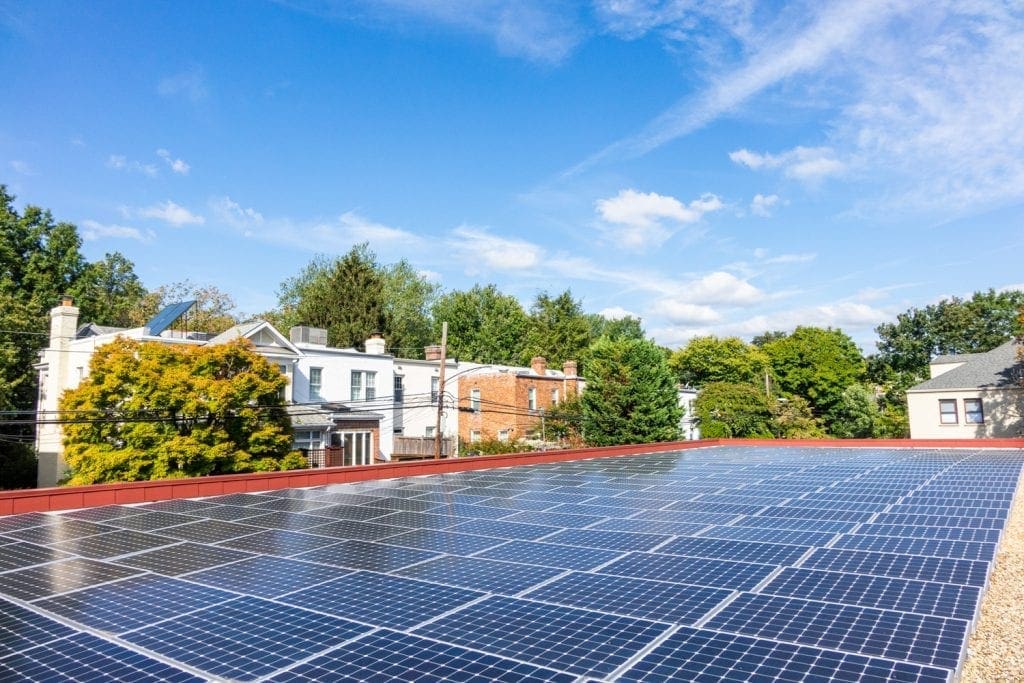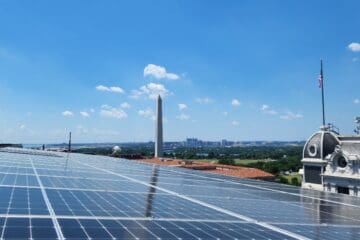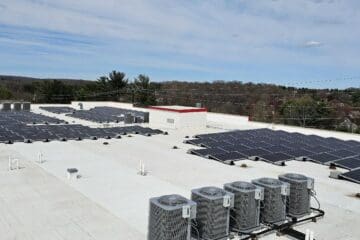ITC: Twenty-Six Percent And A Safe Harbor Review
“Congress let a crucial opportunity slip by, advancing a massive government spending bill without extending one of the most successful clean energy tax policies in history, the solar Investment Tax Credit….The solar ITC is a proven way to generate tens of billions of dollars in private investment each year, while substantially reducing carbon emissions” – Part of the statement released yesterday from Abigail Ross Hopper, president and CEO of the Solar Energy Industries Association (SEIA) in response to the exclusion of the 30% Investment Tax Credit (ITC) extension from the end-of-the-year tax package. Also not included were other clean energy measures like incentives for energy storage, electric vehicles & wind energy development.
Now, the ITC will dip to 26% starting January 1, 2020 as scheduled. Though this is a decrease in an important solar development incentive, a 26% credit is still an attractive consideration and is higher than the 22% credit customers can expect in 2021, before it sunsets down to 10% in 2022 (for commercial & utility installations only).
In the meantime, current customers already in the solar purchasing process are still able to capitalize on the 30% through a Safe Harbor stipulation in two different ways (for projects technically begun in 2019):
- Proving “continuous work” or
- Proving “continuous effort”
What does “continuous work” mean? If a customer or developer begins an installation in 2019, and can prove through documentation and receipts that the array was in continuous construction until completion date, they can still qualify to receive the full 30% as long as the project is done by 2023. There is, however, a lack of specified clarity here as to what is considered acceptable for the 2019 portion of the construction work. It is incumbent on the entity claiming the credit to be able to sufficiently prove 2019 commencement and contiguous work thereafter. Renewable Energy World does sagely point out, though, that ‘pouring rack footing in your party suit’ the evening of December 31st may not be the most legit way to go.
Proving “continuous effort” is an easier threshold to meet. It means that five percent of the total project cost must be paid before midnight on the last day of the year. This is a pretty straightforward road to take, especially once your design is finalized and you put a certain percentage down prior to the installer ordering the components. What customers need to ensure, however, is that the design is absolutely final & that there won’t be any changes made in 2020 that will increase the price, making their initial payment fall below the required five percent mark.
If you aren’t in the solar purchasing process already, there’s no need to rush & find an installer. Yes, the tax credit is decreasing for next year, but 26% is still an inducing incentive.




